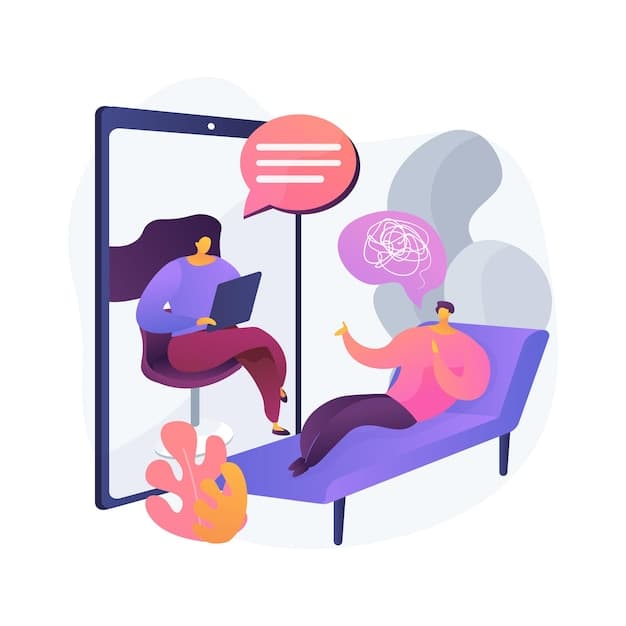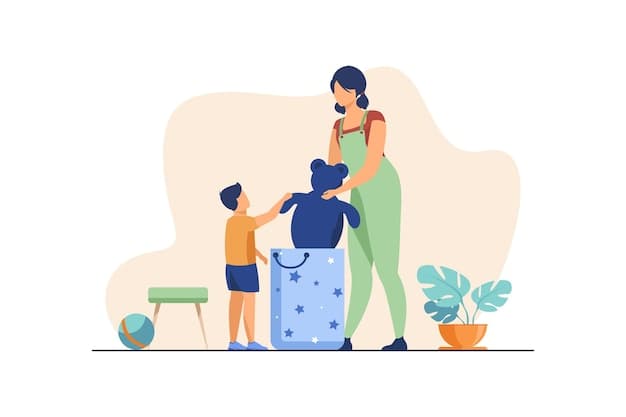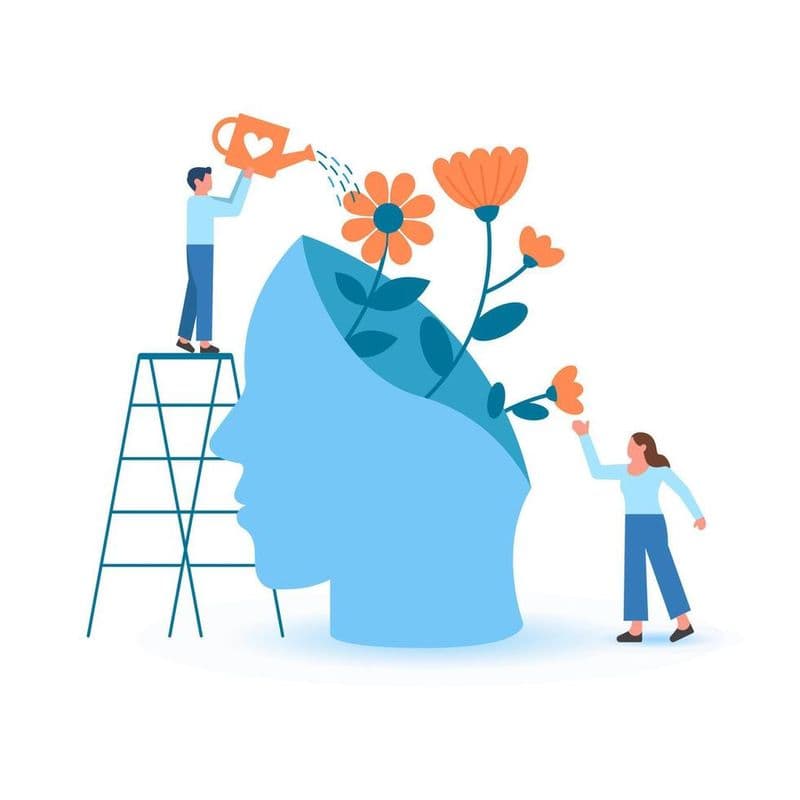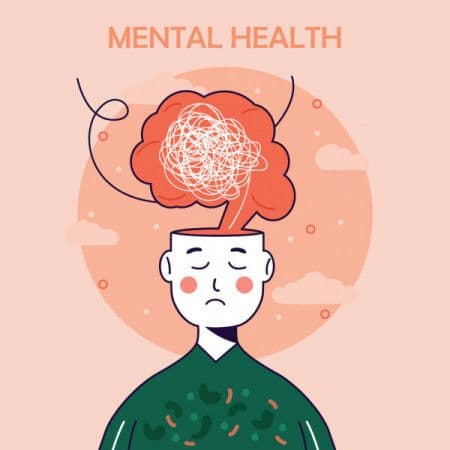Supporting Kids’ Mental Health in Online Learning
Supporting Kids’ Mental Health in Online Learning

As the world is changing so fast to digital classes, education has found itself in a new era - full of opportunities as well as challenges. Online learning is flexible, more available, and a secure environment where individuals can continue their education, yet it also alters the interactions and communication patterns, as well as the way children perceive and process emotions. This transition may be daunting to most young learners not only in terms of their performance in school but also about their emotional and attachment soundness.
Students are suffering unusual psychological pressures as screens are taking over the play grounds and virtual meetings replacing classroom chatter. Isolation, stress and burnout may easily manifest themselves when the ability to socialize and exercise is restricted.
In the absence of day-to-day routine provided in conventional schooling, most children are unable to find a balance between study, play, and sleep a combination essential to their psychological health.
Here, in this blog, we will discuss why mental health challenges and how mental health programs are one of the most important aspects of the educational success of a child, why parents and other caregivers should be able to understand some of the early signs of emotional distress, and some simple, practical measures that one may use in order to foster the mental health support of children in an online learning setting. Since we are today supporting young minds, we are molding the future generation of stronger and more reckless learners.
Why is Mental Health Important for Students in Digital Learning?

Good mental health and well being is the basis over which any child will be able to learn, remain motivated, and succeed in their studies, be it in a physical classroom or in a screen. Feeling stable emotionally, the students will have more resources to cope with the challenges and maintain control over time and ability to concentrate during the online sessions. Mental wellbeing is even more necessary in digital learning environments where self-discipline and independence are more important.
Academic performance is highly connected with emotional wellbeing. Students with a sense of support, confidence and connectedness tend to engage more, be creative and achieve higher scores in tests.
However, with online isolation, one may experience loneliness or low self-esteem, which may decrease motivation and interest in the long run. Lack of physical contact with teachers and fellow students can also complicate the ability of children to share their feelings or to seek assistance when necessary.
The healthy state of mind enhances focus, strength, and problem-solving skills, which are crucial in a digital learning system in young adulthood. Indicatively, an emotionally supported student learns quicker, memorizes things and is more eager to face challenges.
This is a clear evidence of the fact that emotional wellness is not only about feeling good but rather a major contributor of academic development and future success.
The Unique Challenges of Online Education

Although the online learning has made education more interactive and accessible, it also eliminates most of the day to day social interaction and routines which instinctively contribute to the mental and emotional wellbeing of a child.
In a conventional classroom, learners make friends, experience, and get emotionally stimulated by instructors all of which make them feel the part of the family and secure. Such face-to-face experiences can be lost, and this may make learning lonely or impersonal, at least among younger children who flourish on social interaction and verbal stimulation.
The other issue that is increasing is the physical and emotional cost of prolonged screen time. The phenomenon of Zoom fatigue has become a household phrase and is used to refer to the exhaustion that students experience at the end of the day because of virtual classes.
Kids can be irritable, strained, and unable to pay attention, since they have few chances to move and sleep irregularly, and they are constantly glued to digital screens. These aspects might lead to stress and burnout over time and it becomes more difficult to remain engaged and motivated.
More than that, self-discipline pressure without having a direct supervisor may be a challenge to many learners. The house which was initially a relaxing environment, has become a classroom as well - confusing the distinction between learning and rest.
The fear of being distracted constantly, the pressure of performing during virtual tests, and the urge to engage in online entertainment are also contributing factors to the battle. To most students, finding a way to juggle these competing needs is not only an academic issue, but also an emotional one.
Recognizing Warning Signs: When Your Child Needs Support

One of the best methods of averting the problem of mental health challenges in children in the long to come is to do early detection of signs of distress, be it emotional or mental. Being a parent and caregiver, you should be aware and pay attention to the subtle changes in the behavior which can show that your child feels overwhelmed.
You may observe that you become more irritable, abruptly stop going to online classes or communicating with friends or even your performance at school declines. These changes in behavior are usually indications of the underlying stress or anxiety that cannot be verbalized by the children.
Physical symptoms may also be a good indication. The most common responses to digital overload are frequent headaches, claims of eye strain, broken sleep or unrelenting fatigue. In some cases, children do not want to log in to the classroom or complain that they are too tired or bored, subtle hints that they might be exhausted and not just bored.
Personally, children may experience increased anxiety with tasks or exams, losing interest in education, or feeling like they are not part of a group. One needs to deal with such indicators with patience and empathy.
Begin without judgment, openly, as in, You look tired, lately, you want to tell me what has been hard? Keep in mind that a child is very likely going to act out when stressed in different ways than adults do and how you respond to your child can mean the difference between feeling safe and nurtured.
Mental Health Resources for Students: What Parents Should Know

Parents are crucial in assisting children to receive the appropriate mental health resources, particularly in an online learning platform where emotional distress might remain undiscovered. It is better to know where to look when they need some support.
Begin by finding plausible resources in the school of your child, which could be guidance counselors, school psychologists, or student wellness coordinators, who can be trained to recognize and address emotional issues at an early stage. In case of a necessity, parents may also refer to certified child psychologists or therapists that focus on helping kids who have to deal with screen fatigue, anxiety, or motivation problems.
In addition to professional assistance, an increasing amount of online resources is meant to help children feel emotionally well by providing readily available and entertaining ways to do it. These are digital wellness programs, apps based on mental health needs, and interactive mindfulness programs where children learn to cope with stress and become resilient.
Here, most schools nowadays are also partnering with wellness organizations, to provide student and parent peer support circle, group workshops or mental health awareness programs.
Parents can explore:
School-based potentials: Counselors, psychologists, or social workers who have the capacity to offer information and referrals.
Online support group: Secure environments where children and parents can exchange experiences and coping mechanisms.
Mindfulness and wellness apps: Skills that enable children to be relaxed, concentrated, and emotionally stable.
Local mental health centers: To receive in-person therapy, workshop or community-based programs on youth wellbeing.
Professional Support vs. Home-Based Strategies

Certain difficulties are beyond the help of a professional, whereas some could be solved with the help of regular domestic practices. These professionals have an opportunity to detect underlying problems at an early stage and provide systematic assistance.
Professional assistance for mental health disorders can comprise:
School psychologists
Online therapy sessions
Child counselors
Home-Based Strategies to develop emotional resilience and improve Academic achievement:
Family walks or outdoor time
Writing to get emotions out.
Creative expression Art therapy.
Frequent screen timeouts to counter fatigue.
Most importantly, promote non-stigmatized, candid emotion and mental health discussions at home. Even little and simple steps taken at an early age can avoid bigger problems in the future and help a child to live a normal life.
Mental Health Days for Students: When and How to Implement Them

Mental health days provide students with purposeful downtime to relax, meditate, and renew themselves, which helps avoid burnout and recovers emotional well-being.
What They Are for Adolescent mental health
A mental day will be a scheduled break where a child gets to rest both mentally and emotionally just the way he or she does during sickness.
At what age should they be considered by Parents for mental health and well being
Post-exam or big school parties.
When handling a strenuous project or co-curricular demands.
When the signs of fatigue, irritability or emotional overload are noticeable.
Managing a Mental Health Day
Dwell on things that calm down, revitalize or stimulate:
Light physical activity
Outdoor play
Creative hobbies
Meditated leisure or mindful rest recommended by mental health programs.
Why They Help For Mental health challenges
Such planned pauses educate children on how to listen to their bodies and emotions to maximize long term resilience, balance, and more healthy coping mechanisms.
Example: “Allow your child to have a day of no screens, where he can bake, paint, or, alternatively, just sleep, little breaks can do a lot of good.
Mental Health Awareness Activities for Students in Online Settings

Even virtual classes can be used to teach children to develop emotional awareness, empathy and mindfulness using simple, interactive activities. These practices help students open up, contemplate and feel connected- even on screens.
Cases of Successful Online Mental Health Activities
Mood Check-ins
Begin each lesson with a brief emotional check-in that can use emojis, colors, or other simple questions such as: Today I feel because. This assists the students to recognize and communicate feelings in a safe way.
Mindful Minutes
Add some brief guided breathing exercises or meditation video at the start or end of class. Those pauses will assist the students to manage stress and re-focus.
Sharing Circles or Gratitude Journals
Ask students to maintain gratitude journals and have them list one good thing that happened to them in the day. This generates hope, sympathies and emotional foundation.
Combined Digital Art or Story Projects
Ask students to collaborate on common online whiteboards, story prompts or virtual art boards. These exercises are creative and give an opportunity to express emotions in a simple and involving manner.
FAQs - Mental Health Education for College Students
How can I tell the difference between normal stress and more serious mental health concerns in my child?
Children are supposed to be under stress in the peak school seasons. Nonetheless, when you observe a consistent change in mood, quitting activities that prior to the pandemic they found enjoyable, avoidance of online classes, or an apparent decline in interest - and when it lasts longer than two weeks - it can be a symptom of a more serious problem. Professional advice is advisable in these situations.
What is the appropriate amount of screen time before it affects my child's mental wellbeing?

Scholars recommend being restricted to 2-3 hours of recreational screen time daily, without school work. Remember that your child should have frequent breaks after every 30-45 minutes to relax his eyes, get a stretch, and get his mind going again.
How do I approach a conversation about mental health with my child who is struggling with online classes?

Start with sympathy and low pitch. Open-ended questions can help student behavior by asking questions like: How are you feeling about school lately? What is the most difficult part of online classes to you? Do not be judgemental or fixate on quick solutions - a person can be quite receptive to greater depths of exploration once he has the sense that he is being listened to.
When should I consider professional help for my child's mental health during online learning?

When stress starts to affect sleep, appetite, concentration, behavior or general happiness, this is an indicator that the individual needs to seek the help of a child therapist, counselor or a school psychologist. The problem can be avoided by observing students behavior and early intervention to promote academic achievement and reduce substance use disorders.
How can I help my child maintain social connections in a virtual learning environment?

Promote online playgroups, virtual study groups, and hobby clubs or shared class projects. Such secure, methodical interactions make the children feel connected, supported, and interacting with their peers despite the physical separation. This way of connecting students supports academic achievement and adolescent development.